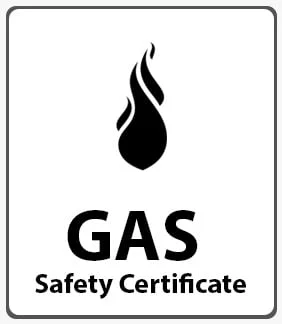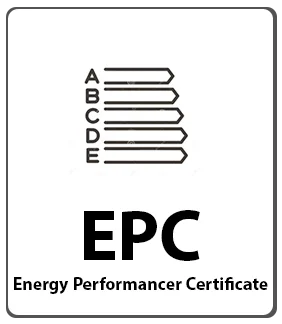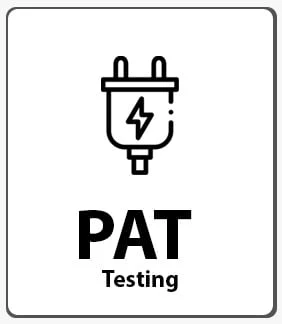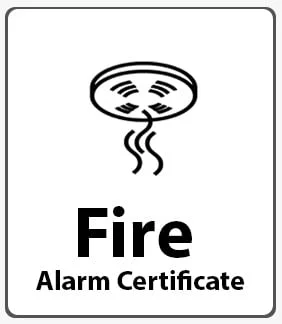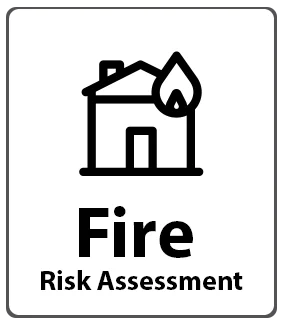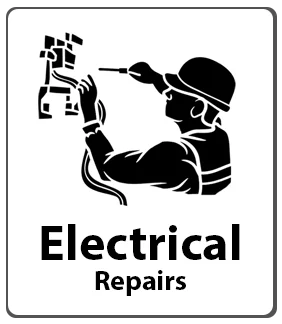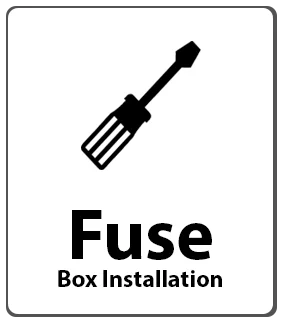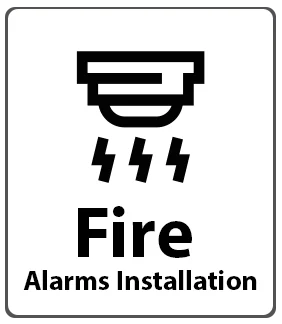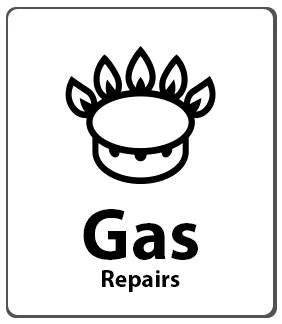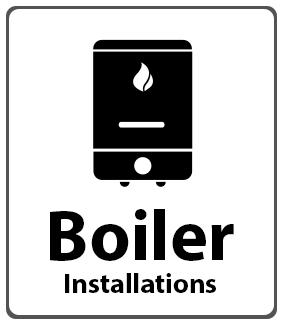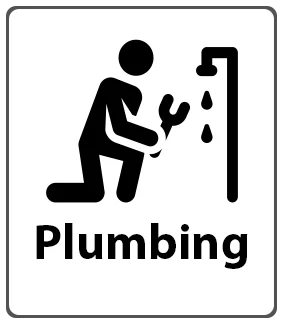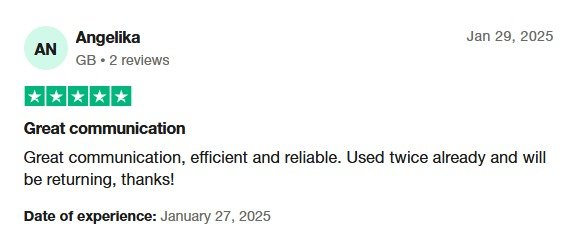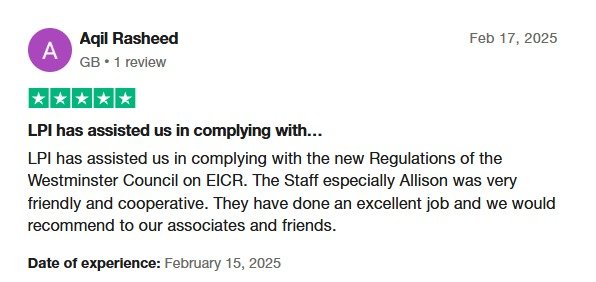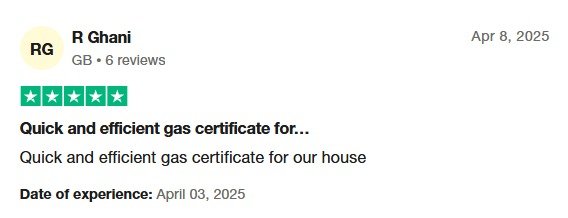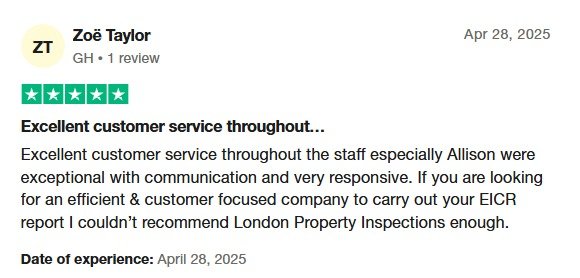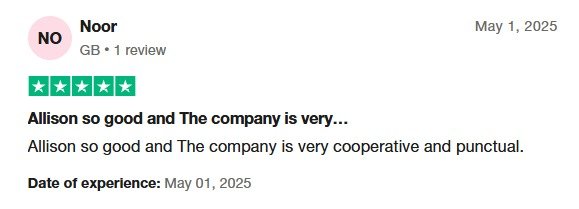EICR Testing
We provide an exceptional EICR Testing & Certificate Services in London.
An EICR stands for electrical installation condition report is a testing on the condition of an existing fixed electrical installations, to identify if any part of the installation does not meet current British standards (BS-7671)
- Landlords
- Home Owners
- Estate Agents
- Homebuyers/Sellers
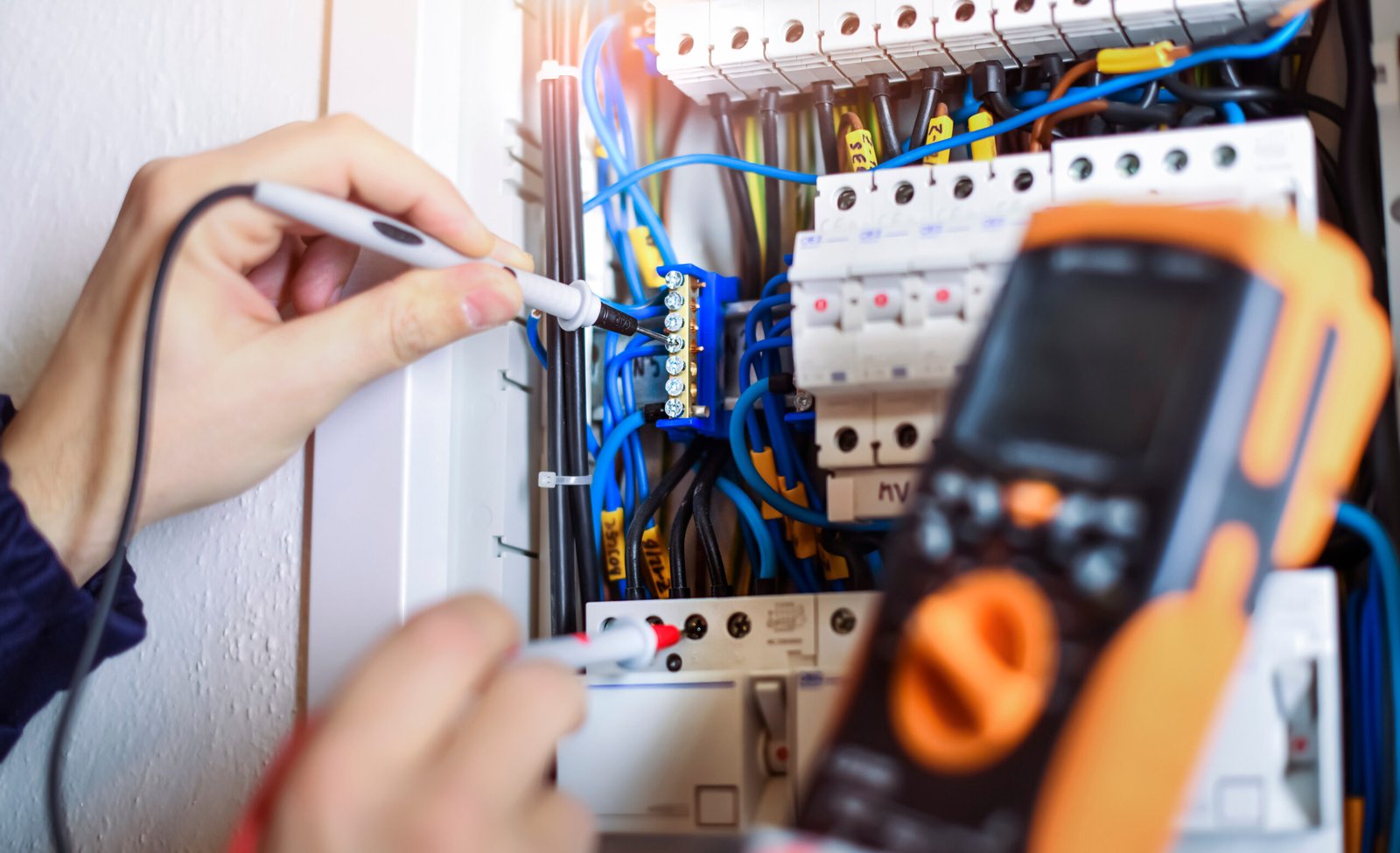
EICR Certificate Cost
The cost of an EICR Certificate (Landlord Electrical Certificate) depends on the number of bedrooms in a property. Below is a simple cost table:
-
Studio Flat £79
-
1-2 bedrooms Flat/House £99
-
3-4 bedrooms Flat/House £119
-
5-6 bedrooms Flat/House £149
Commercial EICR Certificate Cost
Commercial EICR (Electrical Safety Certificate) cost depends upon the number of fuse boxes and number of electrical circuits in a property. Below is a simple table for cost:
-
Up to 5 circuits £149
-
Up to 10 circuits £199
-
Up to 20 circuits £249
What is an EICR Certificate?
An Electrical Installation Condition Report (EICR) is a formal method of recording the findings of the electrical testing & inspection, on six pages for domestic installations and for larger installations. The main purpose of an EICR is to report on the safety condition of an existing installation.
How often should an EICR Inspection be conducted?
In England (as per the Electrical Safety Standards in the Private Rented Sector Regulations 2020) an EICR inspection must be carried at least every 5 years to obtain a satisfactory EICR valid for 5 years, however, validity period of an EICR depends on the condition of fixed electrical installations in a property.
Electricians may recommend electrical testing intervals based on the condition of electrical installations in a property. Make sure you follow the advice of an electrician to comply with British Standards 7671.
Why Choose us for an EICR?
Trusted Partners – London Property Inspections is offering EICR Report in London to Landlords, Estate Agents, and Homebuyers & Sellers for last 15 years.
Certified & Qualified – All of the EICR testing and inspections that we conduct are carried out by either the NICEIC, NAPIT or ECA registered Engineers who have a minimum of 5 years’ experience in the industry.
Transparent Pricing with No Hidden Fees – Our prices are fixed, affordable and we do not charge any extra or hidden fees.
Flexible Booking Options – We are flexible in carrying out an EICR inspection according to your availability even on Saturdays and Sundays.
Legal Requirements and Compliance with an EICR
EICR is legally required for rental properties according to the Electrical Safety Standards for Private Rented Sector England Regulations 2020 which were introduced on 1st April 2020 and became law in July 2020 requiring an EICR for all new tenancies and from 1st April 2021 EICR is mandatory for all new and existing tenancies.
Every electrical installation deteriorates with use and age. It is important for the person responsible for the maintenance of the installation to be sure that the safety of users is not put at risk, and that the installation continues to be in a safe and serviceable condition.
Landlords need to provide a copy of the new EICR to the new tenant prior their move into the property. You need to provide a new EICR to an existing tenant if the current one has expired, within 28 days of the inspection done. If requested by the local authority, landlords must also provide a copy of the certificate within 7 days. Failing to do so may result in a fine of up to £30,000.
Landlords must also keep a copy for their archives so that they can always show it to an inspector, the local authority, or a prospective tenant.
Who can do an EICR?
EICR (Electrical Installation Condition Report) must be carried out by a qualified & certified electrician registered with competent scheme either with NICEIC, NAPIT or ECA having complete knowledge of electrical safety regulations BS 7671 (IET Wiring Regulations) and he should also be able to issue an Landlords EICR Certificate upon completion of the inspection.
He should have experience of electrical inspections because it involves testing of circuits, sockets, switches, lights, wiring, gas and electrical bonding.
Qualified people can be verified online by entering their registration number on competent scheme website or by calling them.
Must check their ID prior commencing inspection at your property. Do not hire unqualified people to save money.
A person should also have public liability insurance and professional indemnity.
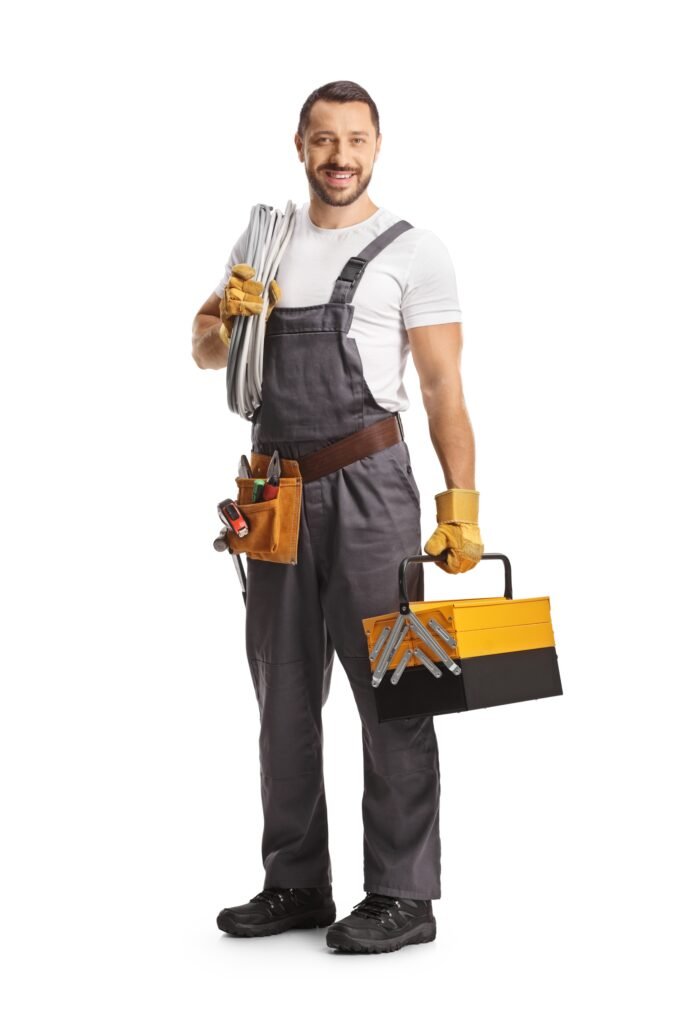
Who Needs an EICR Inspection?
There are many reasons why you may want to have an electrical installation condition report completed, some of the common use cases are listed below
- You are a Private Landlord who wants to ensure that all your electrics are safe and meet British Standards prior to renting it to tenants.
- You are a Landlord who is renting a property out through a Housing association or Council and they have requested the report
- You are a Homebuyer or Home Seller who has/is purchasing or selling a property, and want to ensure the electrics meet British standards. It’s also common for Building surveys to request that the Gas and Electrics are tested.
- You are a Home Owner who wants to make sure the property electrics are safe.
Process of an EICR Testing Explained
At London Property Inspections our qualified electricians carry out the electrical testing & inspection in-depth to produce the EICR Electrical Certificate to make sure the safety of resident or occupants by following the process below:
Visual Inspection – Our electrician will have a look around in the property to collect the evidence of any apparent damage for example broken sockets, broken lights, burn signs by overloading on any part of the electrical installations and exposed cables e.t.c.
Electrical Testing is done in two stages, Dead Testing & Live Testing. Both are integral part of the electrical testing process
Dead Test – During this process electricity is disconnected from mains power supply to perform various checks which includes insulation resistance test, polarity test, continuity test and earth loop impedance test to confirm the electrics is safe to use.
Live Test – In this process various checks are carried to confirm the correct voltage supply, load testing, circuit breakers and RCD Testing.
Tests are also carried out on wiring and associated fixed electrical equipment to check that it is safe. A schedule of circuits will also be provided, which is invaluable for a property.
Last Box on page 1 of an electrical installation condition report will describe the overall condition as either ‘satisfactory’, in which case no immediate remedial work is required, or ‘unsatisfactory’ which means remedial work is required to make the installation safe to use.
Where an EICR describes the installation as ‘unsatisfactory’, the next thing to look on page 3`Observations and Recommendations for Actions to be taken’.
This is where any departures from BS 7671 are recorded, and a code to indicate the urgency of the action needed is given.
- Code 1 – Danger present, Risk of injury, Immediate remedial action required
- Code 2 – Potentially dangerous, urgent remedial action required
- Code 3 – Improvement required
- F1 – Further investigation required without delay
Once the necessary remedial work has been completed, an appropriate landlord electrical certificate should be issued to confirm that the remedial work has been carried out in accordance with BS 7671. The electrician will give a summary of the inspection in the report, which will give a clear indication of the condition of the electrical installation, considering all relevant circumstances.
EICR Testing Duration
EICR testing time duration varies property to property and it depends on several factors:
Size of property (number of bedrooms and number of floors)
Type of property (single tenancy, shared tenancy, HMO or larger HMO)
Number of fuseboxes and electrical circuits
Condition of electrical installations
Extent of electrical inspection
Benefits of an EICR
It ensures the safety of tenants and occupants because your updated electrical installations have the capacity to detect the issues early, which may reduce any major electrical failures and can save costly investment on repair work. Issues can be lack of earthing or bonding and if any of your electrical circuits or equipment is overloaded.
It gives you peace of mind by making sure you are compliant with current electrical regulations, saving you from any potential fines, legal clashes, or insurance problems caused by non-compliance because insurance claim process will be smooth and easier if you have an updated EICR. Insurance companies need the satisfactory EICR before giving you coverage.
It finds any potential electrical shock risks and fire hazards in your electrical installation and identify any defective DIY electrical work leading you to address the issues by a qualified person which play an important safety role if you are renting or selling the property.

